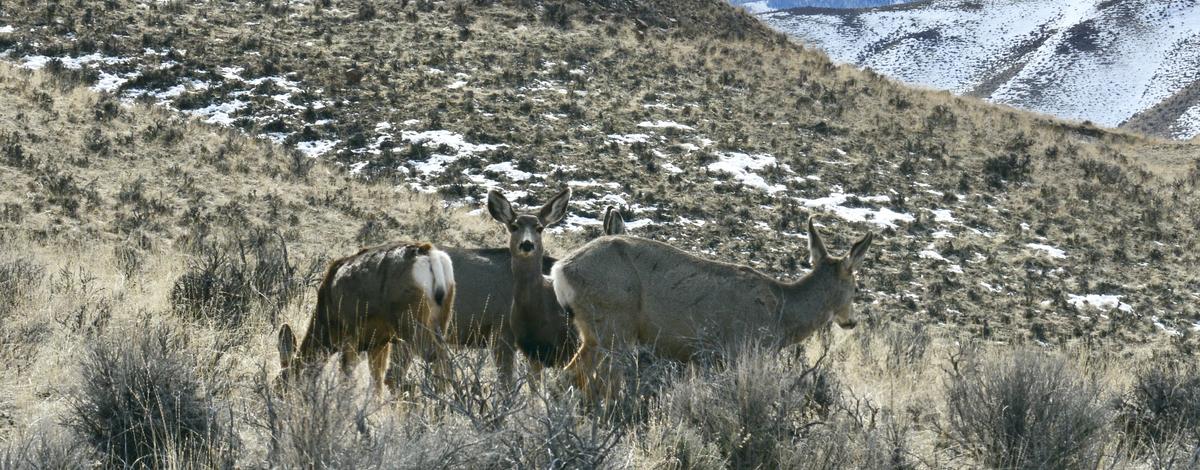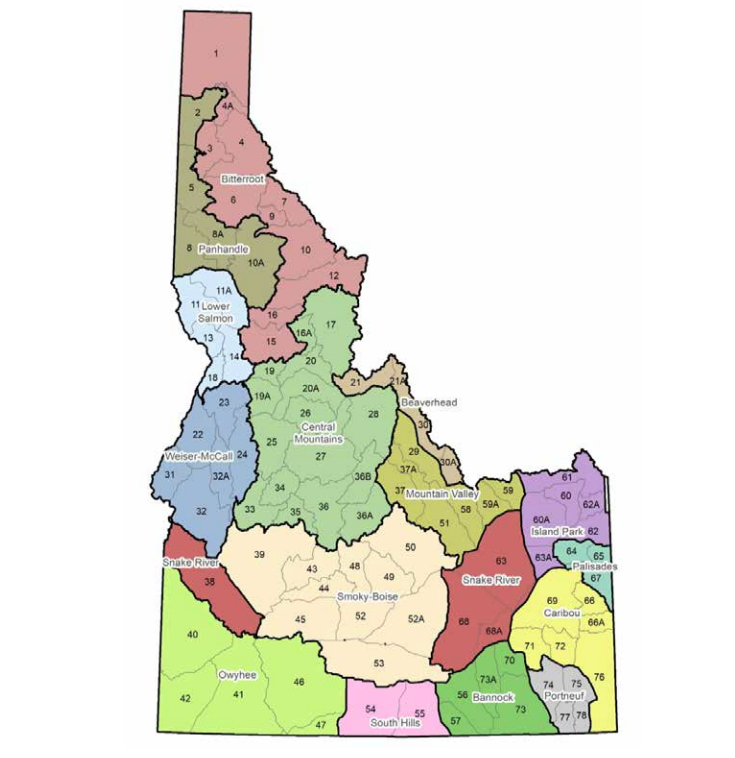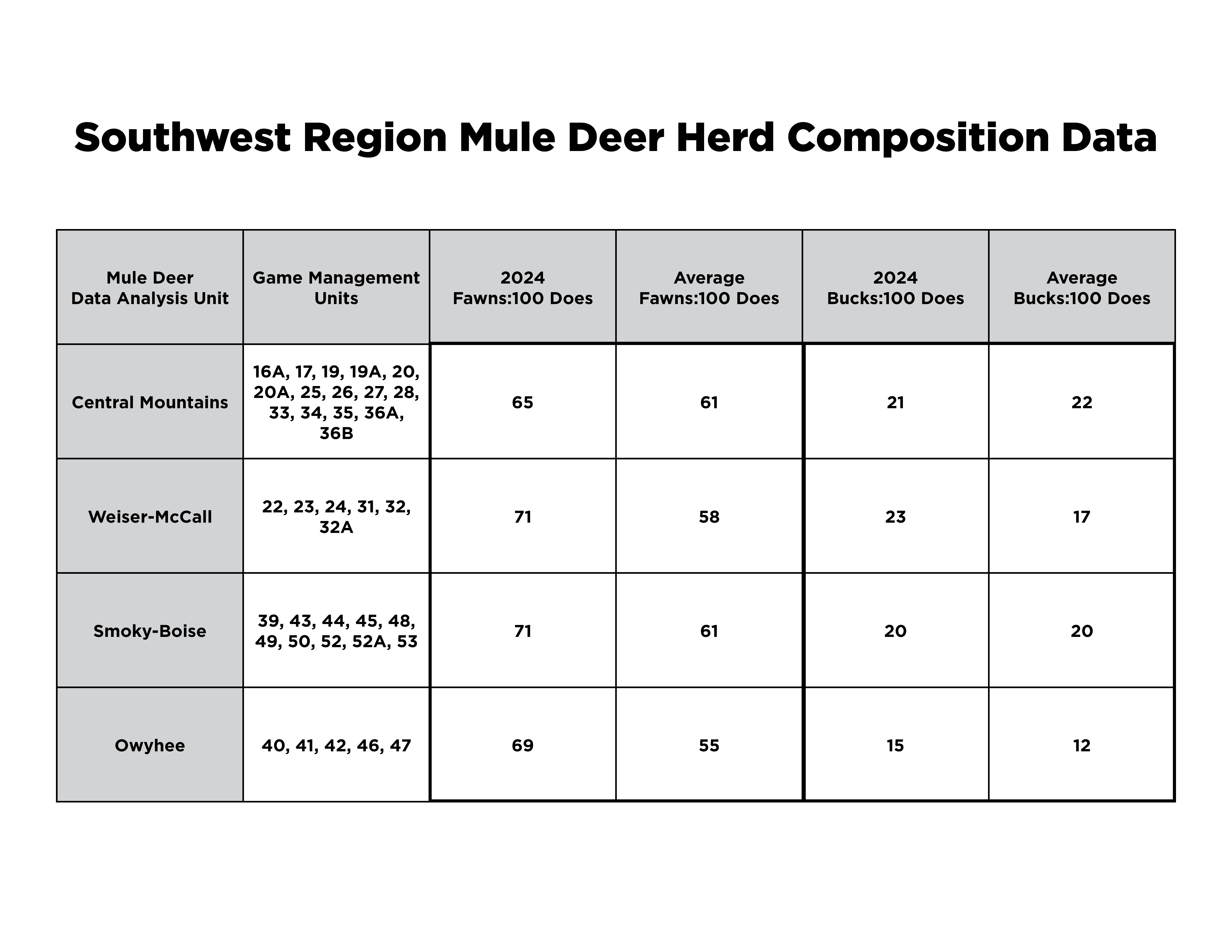Each December, biologists across the state conduct mule deer surveys on key winter ranges to understand current herd composition, or proportions of bucks, does and fawns. The primary intent of these surveys is to measure fawn productivity and survival to 6 months of age, which is an important component in modeling and estimating deer population trends. Biologists also collect and report buck numbers, but understand that these are typically conservative counts, because bucks occur in smaller groups and occupy different areas than fawns and does, especially in early winter.

F&G biologists in Southwest Idaho recently completed mule deer herd composition surveys - here's what they found

Fish and Game monitors and manages mule deer populations in 16 Data Analysis Units (DAUs) across the state. Each DAU is comprised of multiple Game Management Units and represents the seasonal range for an interbreeding mule deer population. The Southwest Region conducts herd composition surveys in four DAUs: Central Mountains, Weiser-McCall, Owyhee, and Smoky-Boise.

Overall, fawn ratios were similar or slightly above the long-term average. The results from Weiser-McCall DAU were noteworthy, where biologists observed the highest fawn:doe ratios dating back to 2011.
Biologists observed an uptick in the fawn:doe ratio in the Smoky-Boise DAU (71 fawns:100 does) in 2024, up about 10 percent from the long-term average and up 7 percent from 2023, but there is important nuance to keep in mind with these numbers.
Generally, a higher fawn:doe ratio is a good thing: More does with fawns means more deer are recruited into the population as adults, roughly half of which will be bucks available for hunters to harvest in the fall, right?
The answer is sometimes, but it depends.
For years, there have been indications that the mule deer in the Smoky-Boise DAU have been nearing carrying capacity – particularly in Unit 39. Fawn weights – which biologists collect when they capture and GPS collar mule deer fawns for survival monitoring – were below average in this DAU again this year, particularly in GMU 39, suggesting that deer are competing for limited resources.
“Skinny fawns are less likely to survive the winter, which means that the higher fawn:doe ratio in the Smoky-Boise DAU during the herd composition survey in December may not directly relate to more bucks in the fall,” said Ryan Walrath, Regional Wildlife Manager. “We will need to wait to see how the winter affects fawn survival through May 2025.”
To learn more about the variety of methods biologists use to know the health of the state's deer and elk herds, check out this article, and visit the State of Deer and Elk webpage.
Biologists in the Southwest Region have recently completed or are currently doing abundance surveys for mule deer in the Smoky-Boise DAU, and elk in the Brownlee and Weiser-McCall elk zones. Hunters should stay tuned, because the results from those surveys will be available in the next several weeks.
